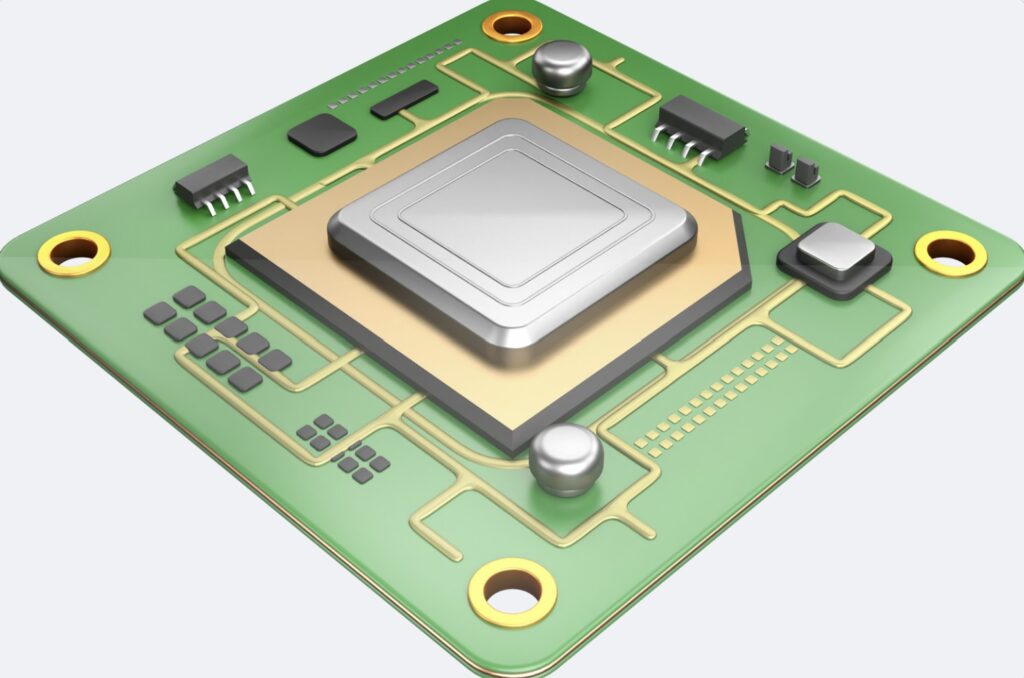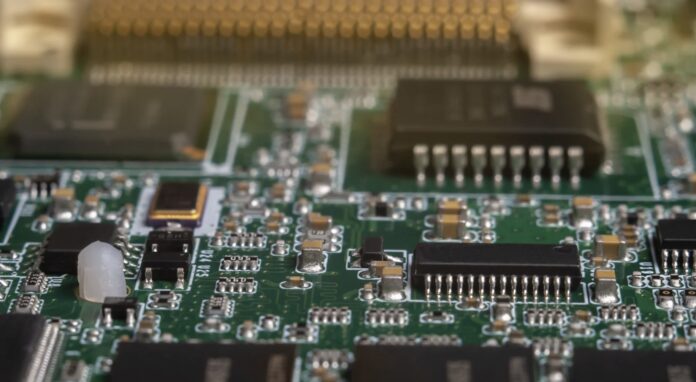Embedded systems are integral to the modern world, enabling the functionality of countless electronic devices and applications. From household appliances and medical devices to industrial machinery and automotive systems, embedded systems play a pivotal role in advancing technology and improving lives. This article explores the fundamentals of embedded system design, its significance in electronic design, and the steps involved in creating efficient embedded solutions.
What is an Embedded System?
An embedded system is a specialized computing system designed to perform dedicated functions within a larger device. Unlike general-purpose computers, embedded systems are tailored for specific tasks, often operating with limited resources to achieve high efficiency and reliability. These systems consist of both hardware and software components, with microcontrollers or microprocessors forming the core of their functionality.
Key characteristics of embedded systems include real-time operation, low power consumption, compact size, and cost-effectiveness. They are commonly found in applications where specific functionalities, such as monitoring, controlling, or communication, are required.

Importance of Embedded System Design in Electronics
Embedded system design is critical in electronics because it determines how effectively a device operates. The design process focuses on optimizing performance, reducing power consumption, and ensuring reliability. Embedded systems enable electronic devices to perform complex tasks seamlessly, from automating processes to enhancing user experiences.
For instance, in automotive systems, embedded systems control engine management, braking, navigation, and entertainment. In healthcare, embedded systems power medical devices like pacemakers, diagnostic tools, and wearable monitors. As the demand for intelligent and interconnected devices grows, the importance of embedded system design continues to rise.
Core Components of Embedded Systems
Embedded systems combine hardware and software to execute specific tasks. Key components include:
Microcontrollers and Microprocessors:
These are the brains of the system, responsible for processing data and executing instructions. Microcontrollers are often preferred for embedded systems due to their integrated peripherals, such as timers, communication interfaces, and memory.
Memory:
Embedded systems utilize ROM for storing firmware and RAM for temporary data storage. The memory must be sufficient to handle the application’s requirements without unnecessary overhead.
Sensors and Actuators:
Sensors gather data from the environment, such as temperature, pressure, or motion. Actuators respond to this data by performing specific actions, like turning on a motor or adjusting a valve.
Communication Interfaces:
Embedded systems often need to communicate with other devices or networks. Interfaces like UART, SPI, I2C, Ethernet, and wireless protocols (e.g., Wi-Fi, Bluetooth) are commonly used.
Power Supply:
Efficient power management is essential for embedded systems, especially in battery-operated devices.
Software/Firmware:
Embedded software or firmware is tailored for the hardware and application. It manages the system’s operation, from controlling hardware components to executing algorithms.
Steps in Embedded System Design
- Requirement Analysis:
The process begins with understanding the application’s functional and non-functional requirements. Key factors include performance, power consumption, size, and cost constraints. - System Architecture Design:
This step involves defining the hardware and software architecture. Selecting the right microcontroller, peripherals, and communication protocols is critical to achieving optimal performance. - Hardware Design:
In this phase, the electronic components and circuit design are finalized. Engineers create schematics and PCB layouts, considering factors like signal integrity, thermal management, and power efficiency. - Software Development:
The firmware is developed and optimized for the target hardware. Engineers use programming languages like C or C++ and often rely on real-time operating systems (RTOS) for managing tasks. - Integration and Testing:
The hardware and software are integrated, and rigorous testing is conducted to ensure functionality, reliability, and compliance with industry standards. - Deployment and Maintenance:
Once the embedded system is validated, it is deployed into the target application. Maintenance may involve firmware updates, debugging, and performance enhancements.
Challenges in Embedded System Design
Despite its advantages, embedded system design poses several challenges:
- Resource Constraints:
Designing within limited processing power, memory, and energy budgets requires careful optimization. - Real-Time Requirements:
Many embedded systems operate in real-time, where delays can lead to critical failures. - Complexity and Integration:
Balancing hardware and software complexities while ensuring seamless integration is a demanding task. - Security:
As embedded devices connect to networks, ensuring data security and protection against cyber threats becomes essential. - Scalability:
Designing systems that can adapt to future requirements or technologies adds another layer of complexity.

Emerging Trends in Embedded System Design
- Internet of Things (IoT):
Embedded systems are the backbone of IoT devices, enabling connectivity and smart functionalities. The integration of sensors, wireless communication, and cloud-based data management is transforming industries. - AI and Machine Learning:
Embedded systems are increasingly incorporating AI capabilities to enable intelligent decision-making at the edge. Applications include facial recognition, predictive maintenance, and autonomous vehicles. - Low-Power Design:
Energy efficiency is a priority, especially for wearable devices and IoT sensors. Techniques like dynamic voltage scaling and efficient power management are gaining prominence. - Edge Computing:
Embedded systems are evolving to perform complex computations locally, reducing reliance on cloud infrastructure. This trend is driving advancements in hardware accelerators and high-performance microcontrollers. - Advanced Development Tools:
Enhanced simulation, debugging, and testing tools are making embedded system design more efficient and reliable.
Applications of Embedded Systems
Embedded systems are ubiquitous, powering devices and systems in various fields:
- Consumer Electronics: Smartphones, smart TVs, and home automation systems.
- Automotive: Advanced driver-assistance systems (ADAS), engine control units, and infotainment systems.
- Healthcare: Wearable devices, diagnostic equipment, and life-support systems.
- Industrial Automation: Robotics, control systems, and predictive maintenance.
- Telecommunications: Network switches, routers, and base stations.
Conclusion
Embedded system design is the foundation of modern electronics, enabling devices to perform specialized tasks efficiently and reliably. Its significance spans across industries, driving innovation and shaping the future of technology. As trends like IoT, AI, and edge computing gain momentum, the demand for advanced embedded systems will continue to grow.
For companies looking to develop cutting-edge electronic products, investing in expert embedded system design ensures superior performance, compliance, and scalability. By addressing challenges and leveraging emerging trends, businesses can unlock the full potential of embedded systems and thrive in an increasingly connected world.
